Gavin Mortimer has been writing about sport since 1996, contributing articles to a wide range of national newspapers and magazines. Gavin writes regularly on football for The Week. In addition he is the author of Fields of Glory: the extraordinary lives of 16 warrior sportsmen and The Great Swim, the story of the first woman to swim the English Channel that was dramatized on BBC Radio Four. Born in North London, Gavin chose Barnet over Arsenal and Tottenham, a decision he continues to regret.
A complete catalogue record for this book can be obtained from the British Library on request
The right of Gavin Mortimer to be identified as the author of this work has been asserted by him in accordance with the Copyright, Designs and Patents Act 1988
Copyright 2012 Gavin Mortimer
All rights reserved. No part of this book may be reproduced, stored in a retrieval system or transmitted in any form or by any means, electronic, mechanical, photocopying, recording or otherwise, without the prior permission of the publisher.
First published in 2012 by
Serpents Tail,
an imprint of Profile Books Ltd
3A Exmouth House
Pine Street
London EC1R 0JH
website: www.serpentstail.com
ISBN 978 1 78125 061 7
eISBN 978 1 84765 905 7
Designed and typeset by Jade Design
Printed by Clays, Bungay, Suffolk
10 9 8 7 6 5 4 3 2 1
A HISTORY OF FOOTBALL IN 100 OBJECTS
Gavin Mortimer

For my dad, and his touchline support, then and now.
Introduction
How do you narrate the history of football in 100 objects? A bit like supporting England these past forty years it hasnt been easy; fewer missed penalties but just as many selection dilemmas.
The toughest challenge lay not in compiling the list but in cutting it. Ideally the book would have been titled The History of Football in 117 Objects, but as my editor pointed out, that lacked a certain je ne sais quoi, as Arsne Wenger might say.
The selection criteria were simple: we wanted objects that represented the convoluted, colourful and controversial history of football over the past 150 years, but we also wished to provoke and stimulate. A book full of shirts, badges and silverware wouldnt have been much fun. Oh, and all objects had to be inanimate. The thought of Maradona jostling for space with Alex Ferguson didnt bear thinking about.
We accept our history is a little Anglo centric but then the English invented football, formulated the rules, fine-tuned the style, and then graciously consented to be beaten by the rest of the world on a regular basis.
We accept, too, that not everyone will be satisfied with our 100 objects why have you included this and omitted that? but then isnt that the essence of football? It satisfies and frustrates, it excites and it exasperates, but above all it endures.
Next year is 2013, 150 years since the birth of the Football Association and the start of modern football as we know it. Of course the game today is virtually unrecognisable from the one first played on the green and pleasant fields of England in 1863. But there does remain one crucial constant: the team that wins is still the one that scores the most goals.
Happy reading and happy 150th, football!
 School bench
School bench
We begin with a bench. Not a pitch-side bench on which to park a substitutes bottom, but a school bench, hard and unforgiving, as football was in its formative years when it was played with unbridled ferocity by the English elite.
Forget all that baloney about football being the invention of the Chinese. It wasnt, and nor was the game as we know it today played in the Middle Ages, whether in Florence or London. All our forebears did was use a ball for amusements. Modern football began in England in the early nineteenth century, though not on the streets of Derby in one of the citys annual Shrove Tuesday thrashes. The Derby game was really a riot with a ball and no wonder the army was called out in 1846 to restore order.
No, football has its origins not on the backstreets of Derby or the lanes of Lancashire but in altogether more salubrious surrounds the hallowed walls of the English public school.
At the turn of the nineteenth century the English public school was not a place for the faint-hearted. Rosy-faced cherubs saying their prayers and singing their hymns were thin on the ground; instead the sort of pupil causing mayhem at Harrow, Eton or Winchester was the arrogant offspring of an aristocrat with an innate sense of superiority and a wilful disdain for anyone not of blue blood. As Richard Sanders writes in Beastly Fury: The Strange Birth of British Football: The boys had very little interest in learning. The bald fact was this: if you were born an aristocrat in the eighteenth century you were going to run the country no matter how useless and incompetent you were.
Riots were not uncommon in English public schools at this time with the militia frequently called in to quell the adolescent rebels. When the occasion arose, soldiers arrived, as they did in the Cheapside district of London in 1811, when schoolboys from Merchant Taylors and St Pauls fought running battles in the capital. When they werent fighting the boys liked to hunt, using stones, catapults and bows and arrows to kill birds, rabbits, squirrels and dogs.
A form of football was played, one which initially bore a passing resemblance to the Derby Game, but which evolved in the first decades of the nineteenth century as the strong asserted their dominance over the weak in bringing some vague form of rules to proceedings. The History of Marlborough College, published in 1923, recalled the football boys played in the 1840s:
Piles of coats supplied the first goalposts, between which was stationed some shivering small boy who suffered dire physical woe for any unhappy dereliction of duty. The ball for the school boasted but a solitary specimen was a small round one. The rules, such as they were and there were none in particular were somewhat similar to those of the present Association game; for no handling of the ball was permitted, except in the case of a fair catch, which gave the right to a free kick off the ground. Off side was unknown. Indeed the whole game was played in a senseless, unscientific manner, and attracted but few supporters.
There were more supporters watching Etons Field Game, and at Winchester where the football was based around charging. At Charterhouse they preferred to dribble with the ball while at Rugby and Shrewsbury there was no rule against handling.
The man credited with bringing order to the senseless, unscientific games played in public schools was Thomas Arnold, headmaster of Rugby from 1828 to 1842. No great lover of sport himself, Arnold nonetheless saw how it could help boys channel their energies and shape their character. More importantly, organised games would distract a boys mind from the Unholy Trinity of Victorian vices: drinking, gambling and masturbation. As Percy Young wrote in A History of British Football, none of these habits were conducive to corporate character at which the nineteenth century public school aimed, nor convenient to accommodate. Sport, therefore, became and remained at once a means of sublimation and correction. It also afforded pious headmasters suitable analogies wherewith to imbue their less intelligent charges with a basic philosophy.
Next page

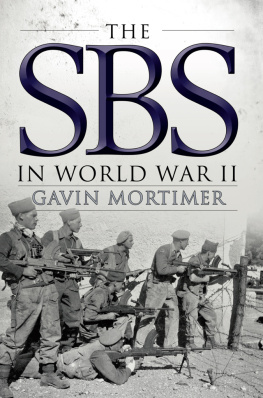


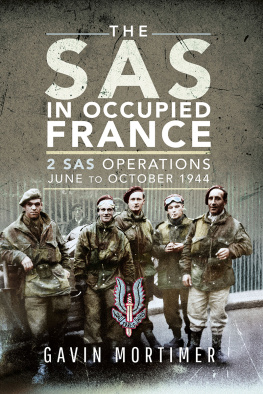
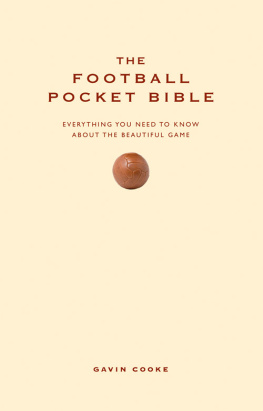
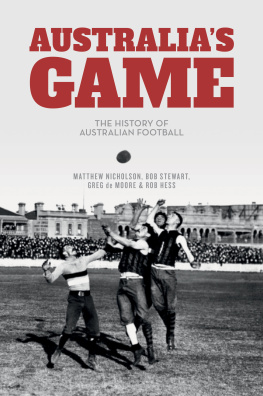

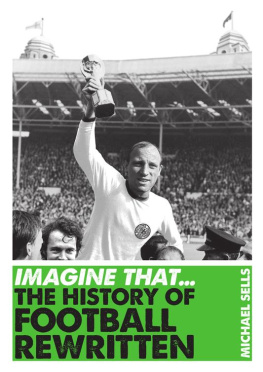
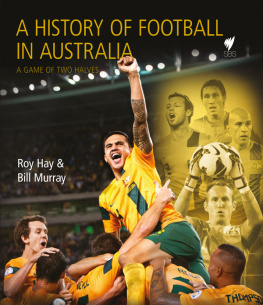
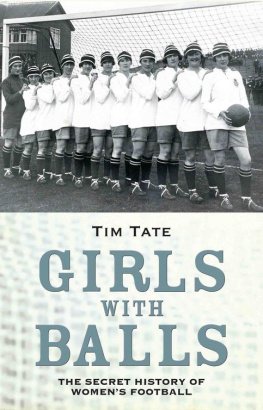



 School bench
School bench